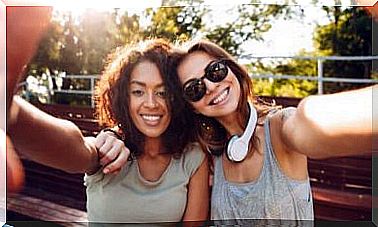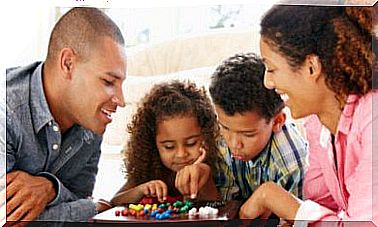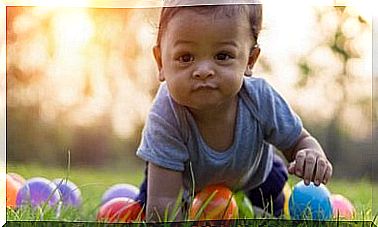How Do You Resolve Conflicts In The Classroom?
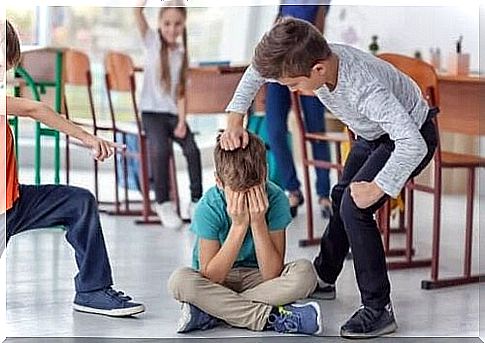
The truth is, we cannot avoid conflict in the classroom. School facilities are not only there for learning, communication and socialization also play an essential role.
While conflict cannot be prevented, it is the responsibility of the teacher and supervisor to find common solutions so that students can learn from these situations.
It is important that students and teachers are satisfied with the solution and that no one becomes a victim in the process. We’ll take a closer look at this topic in the following article.
Conflicts in the classroom
When students disagree, conflicts quickly arise in the classroom. Everyone has different views and opinions, which is not always easy. But that’s completely normal.
In the classroom, these conflicts arise either between students or between a teacher and a student.
Depending on the type of conflict and how it is dealt with, it can influence the climate in the class and its learning process.
What is the best way to deal with conflict in the classroom?
While there is no secret formula for solving these problems, there are a few guidelines that will help you resolve conflicts effectively in the classroom.
In any situation, be it between adults or children, it is important to involve both parties and find a solution that everyone is happy with.
Students should also be involved in the solution process so that they can learn how to deal with a difficult situation and find a solution that is satisfactory for all concerned.
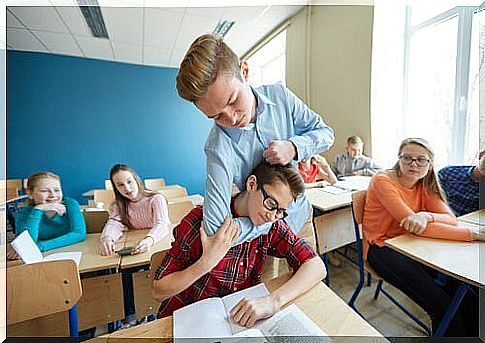
Avoid conflict in the classroom
First of all, it is necessary to create a good atmosphere in the classroom and to draw up a code of conduct.
If a conflict arises, I have to take the teacher’s time to hold one-on-one talks with the affected students and then solve the problem together with everyone.
Teachers and parents are also responsible for instilling positive values and teaching children how to control their emotions. Group activities are a great way to achieve this.
To avoid conflicts in the classroom , the teacher can create basic rules that he or she discusses with his students.
Activities that stimulate and develop dialogue among one another also help to keep peace in the classroom.
Promote communication
Verbal and non-verbal communication is the key to a good classroom climate. Various activities in class or at home can develop students’ communication skills.
But the teacher also has to work on his skills, as the mood in the class depends to a large extent on him.
Even if conflicts cannot always be avoided, communication can be a critical point in finding a solution.
Conflict resolution through open dialogues and active listening must be respected and internalized by all those involved.
Analyze the nature and extent of the conflict
Conflicts at school can be of social, cultural or school origin. Some can be arbitrated quickly and easily, but others are serious and complicated.
To resolve these conflicts, you must first analyze their origins, identify who are involved and the interests that are at stake.
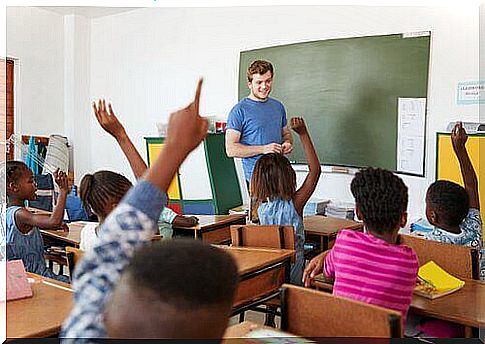
Conflicts in the classroom: the teacher in the mediator role
Often the students cannot solve the conflicts on their own and need help. In this case the teacher has the role of facilitator. Parents or other adults can also help to find a suitable solution for everyone involved.
Mediation is an often used and very effective technique to resolve conflicts in the classroom. Communication, equality and autonomy must be taken into account. If everyone involved is interested in a solution, they can get fair and acceptable results.
The teaching staff should have experience in conflict resolution and pass this on to the students.
A classroom is a place of coexistence in which there is always some kind of conflict. It is important to know how to regulate these so that they do not affect the interaction of the entire group.



